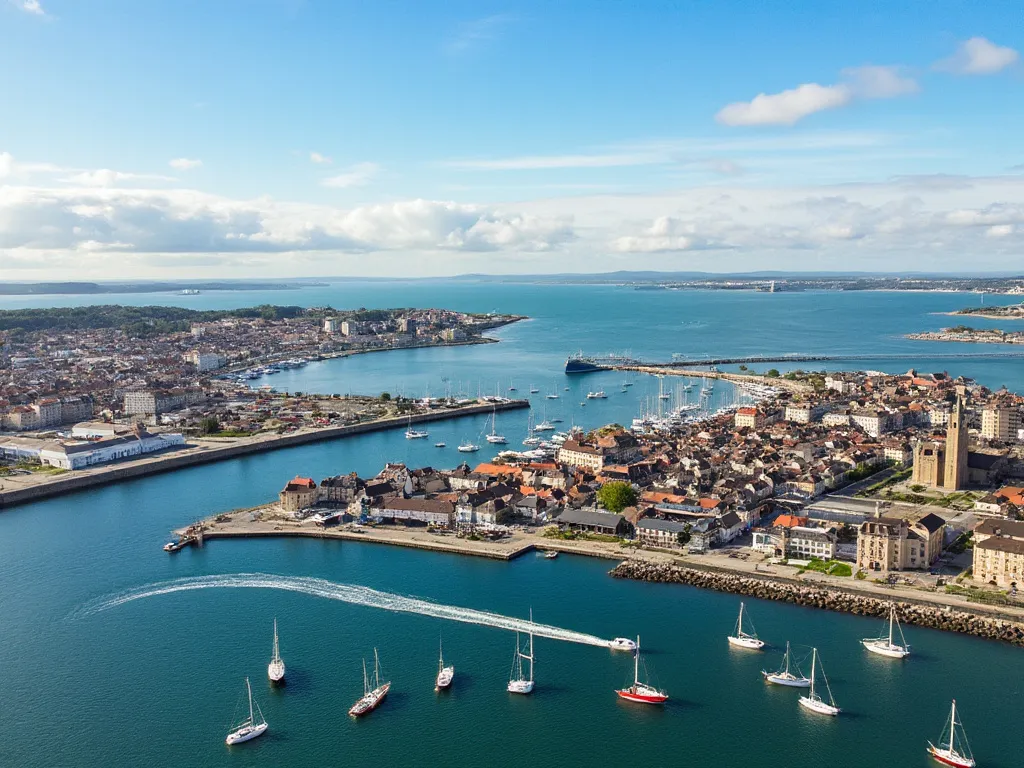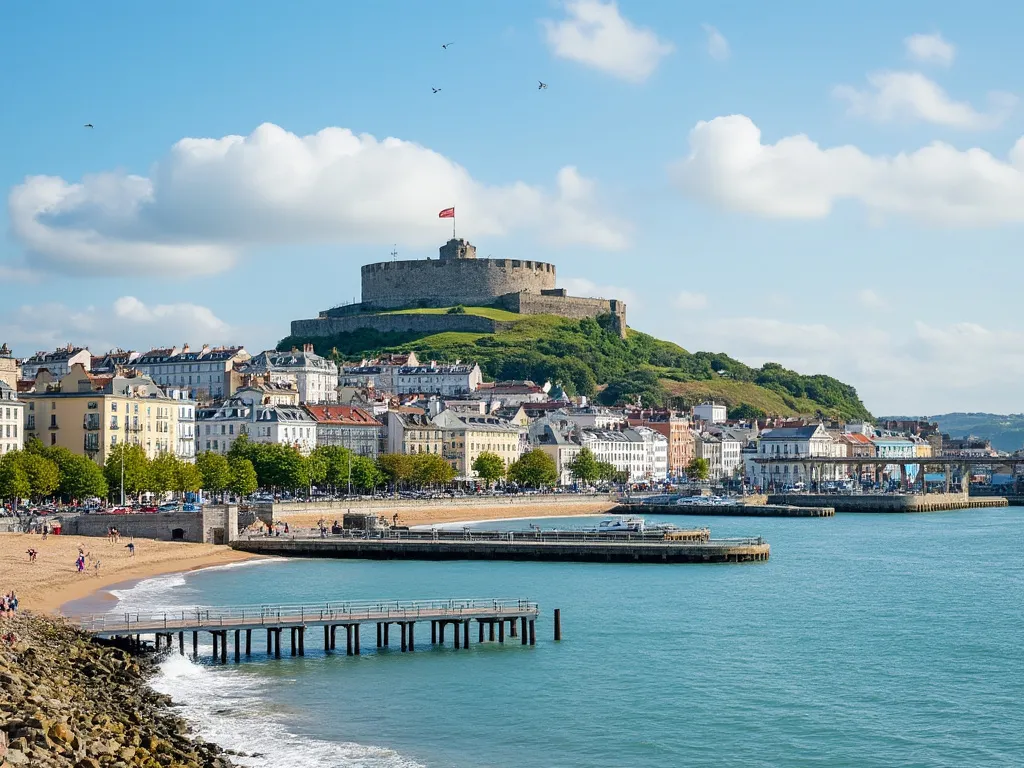
St. John's is the capital and largest city of the Canadian province of Newfoundland and Labrador. It is located on the eastern tip of the Avalon Peninsula on the island of Newfoundland. St. John's is known for its vibrant culture, rich history, and stunning natural beauty.
St. John's information
| Country | 🇦🇬 Antigua and Barbuda |
| City Population | 108,860 |
| City Coordinates | 47.5614° N, 52.7123° W |
| City Area | 446.04 km² |
| Climate | Humid continental climate |
| Language | English |
| Currency | Canadian dollar |
| Time zone | Newfoundland Time (NST) |
| Proximity to other major cities | St. John's is located approximately 475 km east of Halifax, Nova Scotia, and 1,070 km southeast of Quebec City, Quebec. |
Interesting facts about St. John's and tourist attractions
- St. John's is one of the oldest cities in North America, with a history dating back to the 16th century.
- The city is home to the famous Signal Hill, where Guglielmo Marconi received the first transatlantic wireless signal in 1901.
- St. John's is known for its unique dialect, known as "Newfoundland English," which is influenced by Irish and British English.
- The city has a strong connection to the sea, with a rich maritime history and a thriving fishing industry.
- Signal Hill National Historic Site
- The Rooms museum and archives
- The Basilica of St. John the Baptist
- Cape Spear Lighthouse
- Quidi Vidi Lake and walking trail
Historical background of St. John's
St. John's has a rich and varied history dating back to the indigenous Beothuk and Mi'kmaq peoples. The city was established as a fishing settlement by European fishermen in the early 16th century. In 1583, Sir Humphrey Gilbert claimed the area for England, and the city became a major fishing and trade center. St. John's played a significant role in the Seven Years' War and the American Revolutionary War, and it was a major base for the British Navy during the War of 1812.
Geographical location of St. John's
St. John's is situated on the eastern coast of the Avalon Peninsula, overlooking the Atlantic Ocean. The city is surrounded by rugged coastline, scenic coves, and steep cliffs. The terrain is hilly, with many steep streets and colorful row houses. The city's unique geography has earned it the nickname "The City of Colorful Row Houses."
Cultural significance of St. John's
St. John's is known for its vibrant arts and culture scene, including numerous galleries, museums, and performance venues. The city is home to the Newfoundland Symphony Orchestra, the Opera on the Avalon, and the St. John's International Women's Film Festival. The city's unique cultural heritage is also reflected in its cuisine, which features fresh seafood, traditional Newfoundland dishes, and a blend of British and Irish influences.
Economic importance of St. John's
St. John's is a major economic hub for the province of Newfoundland and Labrador, with a diverse economy that includes fishing, offshore oil and gas, tourism, and manufacturing. The city is home to the St. John's International Airport, which provides connections to major cities across Canada and the United States.
Conclusion on St. John's
St. John's is a unique and fascinating city that offers a blend of history, culture, and natural beauty. From its vibrant arts scene to its stunning coastline, St. John's has something to offer for every visitor. Whether you're interested in exploring the city's rich history, experiencing its unique culture, or simply taking in the breathtaking views, St. John's is a must-visit destination for anyone traveling to Eastern Canada.
 Saint-Pierre
Saint-Pierre
 Garapan
Garapan
 Saint-Denis
Saint-Denis
 Saint Helier
Saint Helier